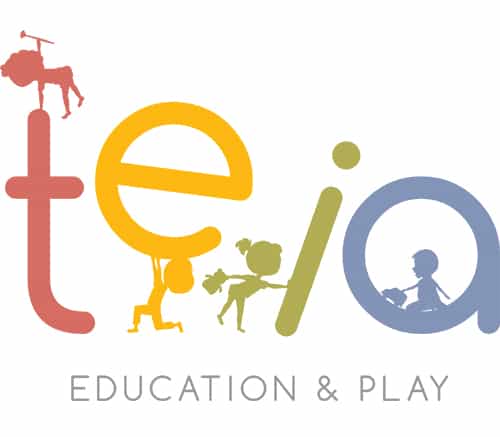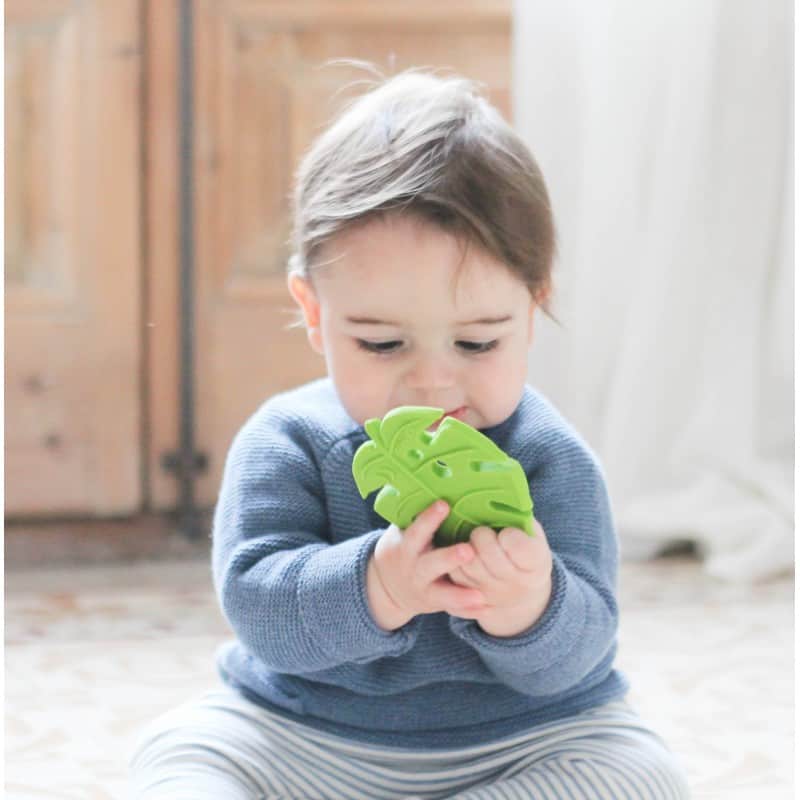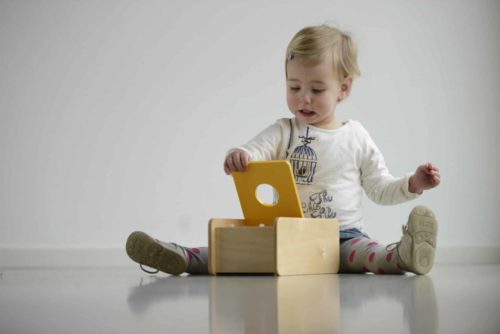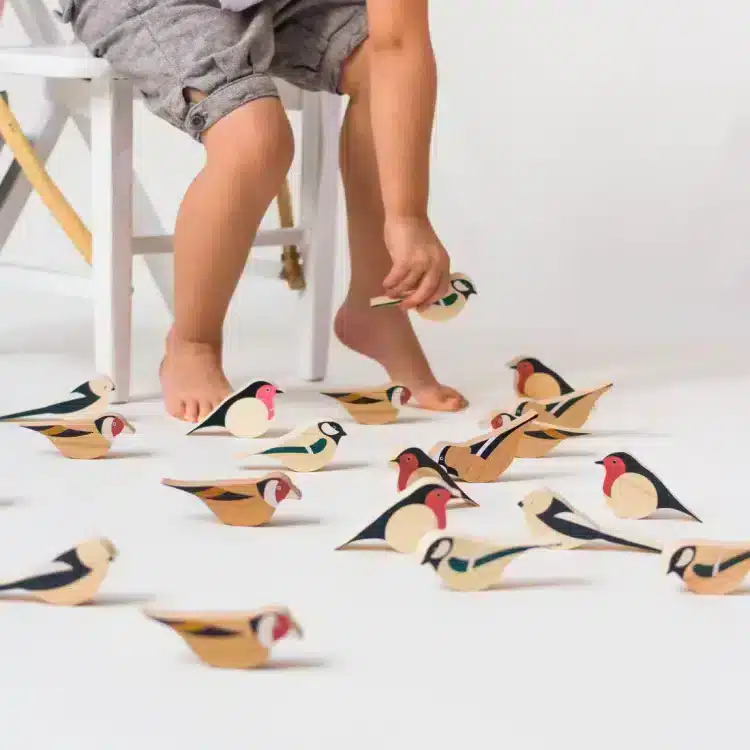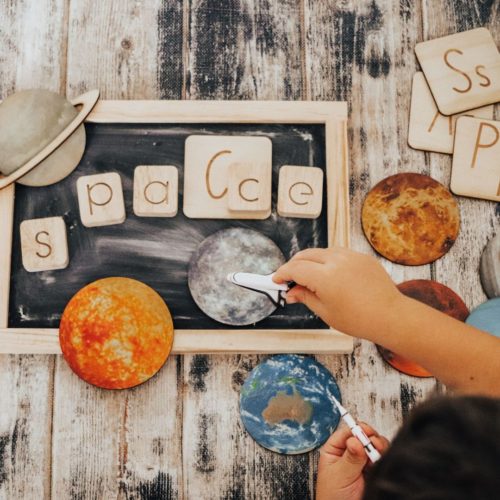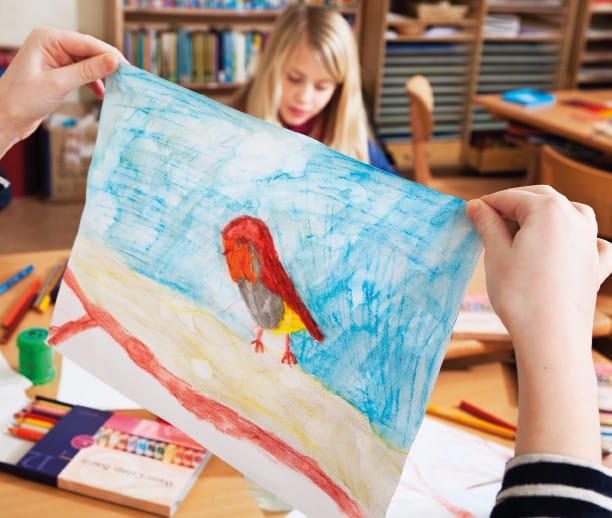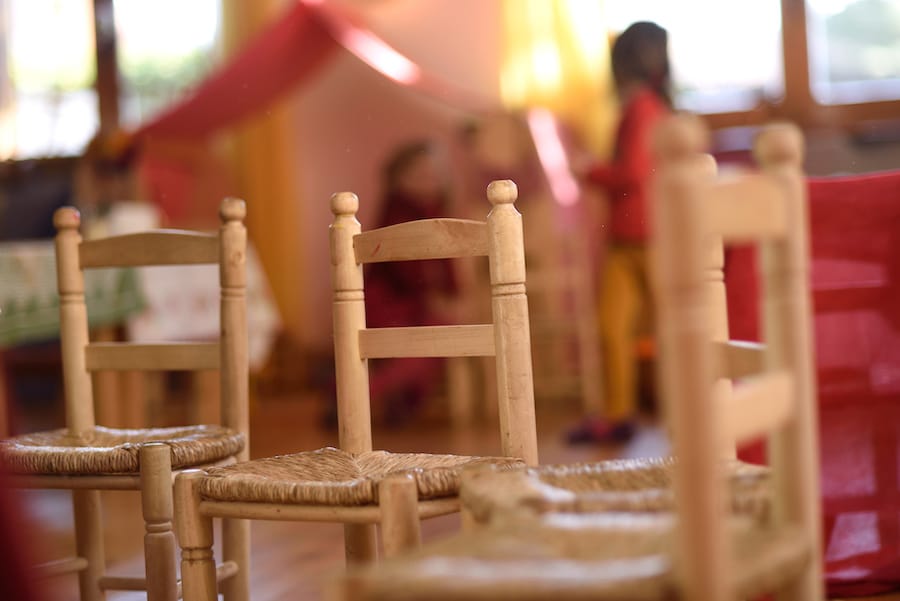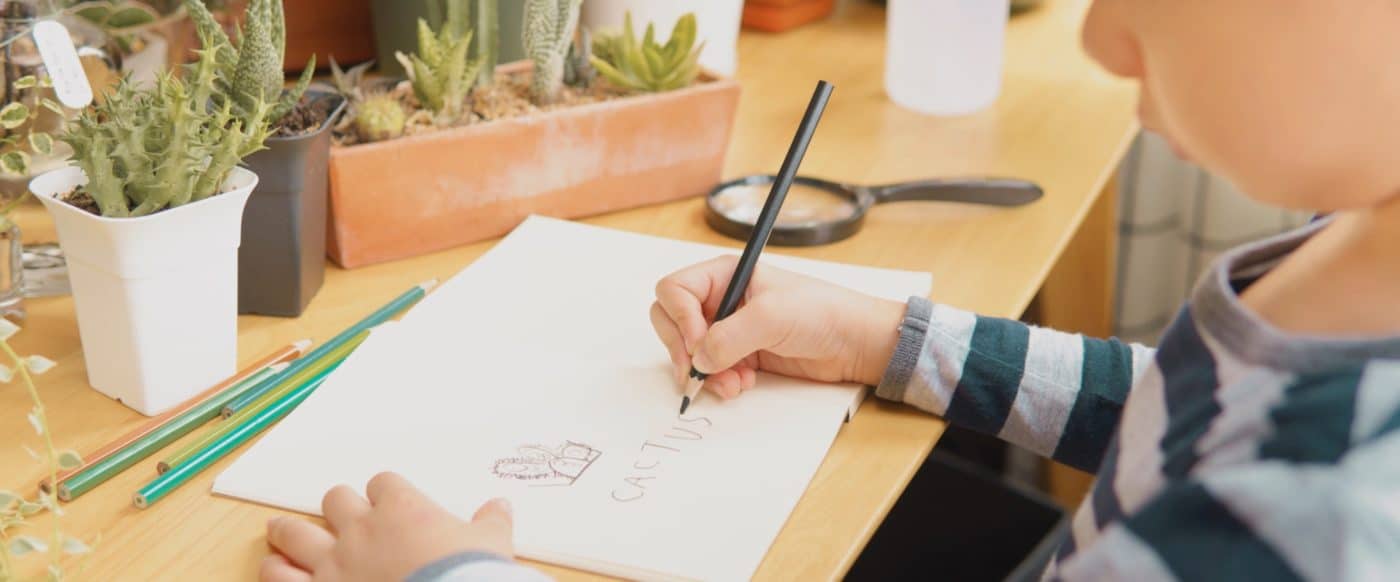Education at home, Education Methods
Writing and reading: the two most important skills to teach a child
It could be argued that writing alongside reading, are probably the two most important skills to teach a child and help them prepare for the world ahead, indeed writing is a skill that as adults, we often take for granted because it is practically second nature to us, and we probably do not remember a time when we couldn’t write. But have you ever thought about how a child learns to write – the intellectual and physical skills that they need to acquire to be able to pick up a pen or pencil and create something legible?
Fine Motor Skills and Hand-Eye Coordination
Research shows that before a child is ready to hold something to write with, they need to develop their fine motor skills and hand-eye coordination which means that the brain must be trained to work together with strong hand and arm muscles. These skills and strength can only be developed through playing and exploring.
Playing with small objects enables the action of picking and gripping which are vital in the process of learning to write. Some of our favourite activities that help with the development of fine motor skills include:
- Playing with play dough or modelling clay.
- Mark making with chalks or crayons.
- Cutting and sticking.
- Building blocks and construction.
- Jigsaw puzzles.
- Painting.
- Threading beads on a string.
- Sorting and transferring objects with tweezers.
- Tracing writing patterns or letters.
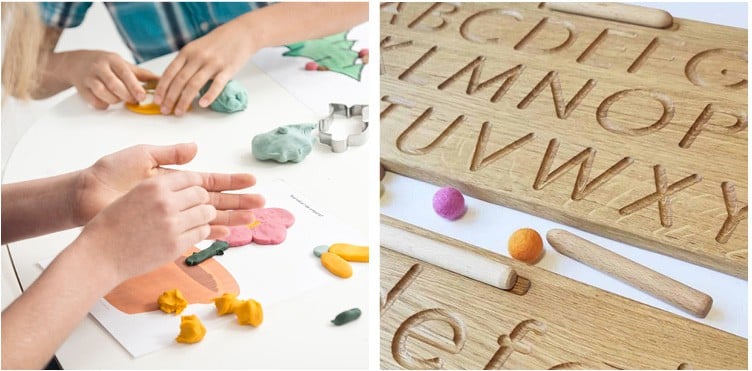
The UK Charity ‘The National Handwriting Association’ stresses the importance of parents encouraging activities to help develop fine motor skills as a pre-curser for adopting the ‘tripod grip’ between the thumb and first finger, to hold a pencil. They have also aired their concerns that traditional activities like tying shoelaces, weaving or threading are no longer everyday activities.
Popular activities that were previously adopted for generations in early years development have been replaced with more ‘easier life’ activities like shoes with Velcro and screen-time.
Key Milestones before Writing and Reading
Evidence shows that children that have been allowed to play and explore freely from an early age, show an interest in writing by using a grabbing action making a whole fist grip. By age two, they can usually paint, colour or draw within the boundary of the paper and by the age of three they can usually hold a crayon, but their grip can appear awkward and unnatural to us. They usually develop the ability to make and maintain the ‘tripod’ pencil grip sometime around the age of three or four, although some children find the tripod grip uncomfortable, so it is not uncommon for them to adapt their grip accordingly – especially if they have hypermobility.
By the time they reach year one at school, they have the confidence to pick up writing materials, even if they are not able to write correctly. By this point they may be able to write the first letter or sound of a word or maybe lines or drawings. All this is classed as writing – and practise makes perfect. The key is making activities fun, not monotonous – learning through play.
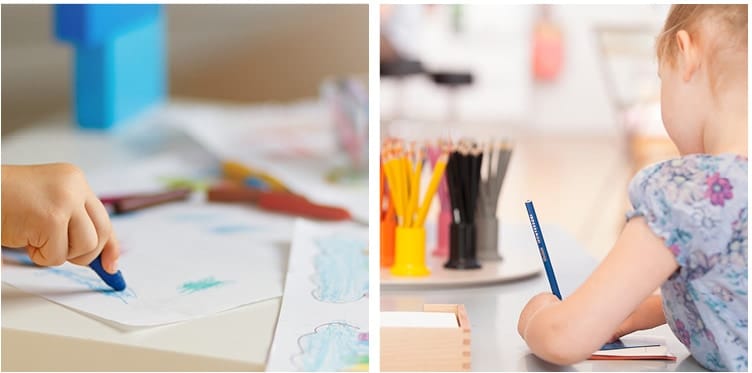
Empowerment, Achievement and Confidence
Being able to write makes children feel grown-up and empowered. They feel a sense of achievement and it is very easy to inspire and encourage a child to continue with developing their newfound skill by providing them with new creative materials like pens, coloured pencils, rubbers, coloured paper and not forgetting something exciting to hold it all in.
I clearly remember my first child filled with excitement when she started writing. She would carry a notebook and pen around with her everywhere and write things that she would see. She got really animated when we were able to read it (which came in time) and within a year or two, she was writing short stories using her very active imagination.
Children are individual and they develop and learn at different paces however, as a parent you feel very proud knowing that you have been instrumental in your child gaining an incredibly valuable life skill that opens the door to so many opportunities in life!
